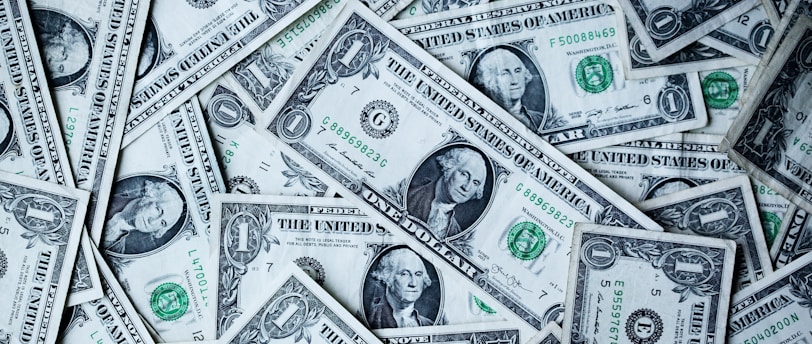Understanding Business Loan Interest Rates in the U.S. (2025 Guide)
When you're shopping for a business loan, one number can dramatically impact how much you’ll pay: the interest rate. But what determines it? How can you compare offers fairly? And what’s the difference between APR, prime rate, and fixed vs. variable? Here’s what every business owner should know before signing a loan agreement.
Dan R.
5/25/20252 min read


1. What Is an Interest Rate—and What Does It Actually Cost You?
At its core, the interest rate is the cost you pay to borrow money. It's typically expressed as a percentage of the loan amount per year. But there’s a key distinction:
Nominal rate (or base rate): Just the percentage of interest.
APR (Annual Percentage Rate): Includes interest + most fees (e.g., origination), giving a clearer picture of the total cost.
Example:
A loan with a 7% nominal rate and a 2% origination fee might have an APR closer to 8.5%.
2. What’s the Prime Rate (and Why It Matters)
The U.S. Prime Rate is the benchmark banks use to set many types of business loan rates. As of May 2025, the prime rate is:
🏦 7.50%
Banks typically quote variable rates as “Prime + X%.” For example:
An SBA 7(a) loan might be Prime + 2.75%, or 10.25% total.
Some fintech loans go up to Prime + 20% or more.
🔍 Tip: The Federal Reserve’s monetary policy influences prime, so rates may rise or fall with inflation and economic conditions.
3. Average Business Loan Rates in 2025 (U.S.)
Lender TypeTypical APR RangeLoan ExampleSBA 7(a) & 504 Loans9.0% – 11.5%Government-backed, long termsTraditional Banks6.5% – 11.7%Best for established businessesOnline / Fintech Lenders14% – 60%+Fast funding, flexible credit criteriaBusiness Credit Cards18% – 29%+Unsecured, revolvingEquipment Financing7% – 18%May include fixed monthly paymentsMerchant Cash AdvancesEquivalent APR 40% – 120%Based on revenue; paid daily or weekly
📌 APR varies by loan size, business credit, term length, and risk profile.
4. What Affects Your Business Loan Rate?
Lenders look at multiple factors to calculate your rate. These include:
Credit score (personal & business)
680+ generally gets better rates with banks
Time in business
Startups face higher rates than companies with 2+ years of history
Annual revenue & cash flow
Lenders want to see reliable income to cover repayments
Collateral offered
Secured loans (with assets) typically offer lower rates
Loan term length
Shorter terms = lower risk = potentially lower rate
⏳ Longer terms tend to have higher rates overall, but lower monthly payments.
5. Fixed vs. Variable Interest Rates
Fixed rate
Stays the same throughout the loan term. Predictable payments.
Variable rate
Fluctuates with the prime rate. Can start lower, but rise over time.
Which is better?
Choose fixed if you want budget certainty.
Choose variable if rates are high now and you expect them to fall.
6. Watch for Hidden Costs
Sometimes, what looks like a “great rate” hides extra fees:
Fee TypeTypical AmountImpactOrigination fee1% – 5% of loanPaid upfront or deducted from fundingPrepayment penalty1% – 3% (or more)May apply if you pay off earlyMaintenance / servicingMonthly or annuallyCommon with lines of creditLate payment fees$25 – $100+Can trigger rate hikes
✅ Always compare APR, not just “interest rate,” for a true apples-to-apples view.
7. How to Qualify for a Lower Rate
Boost your credit score. Pay down balances, avoid late payments.
Improve your debt-service coverage ratio. (Keep DSCR > 1.25x)
Build time in business. Even 6 extra months can lower your rate band.
Offer collateral. Real estate, equipment, or receivables can secure a better deal.
Compare lenders. Use prequalification tools (soft pulls) to check multiple offers.
8. Final Thoughts
Interest rates are one of the most important parts of any business loan—but they don’t tell the whole story. Make sure to factor in fees, flexibility, and how the loan fits into your business cash flow.
